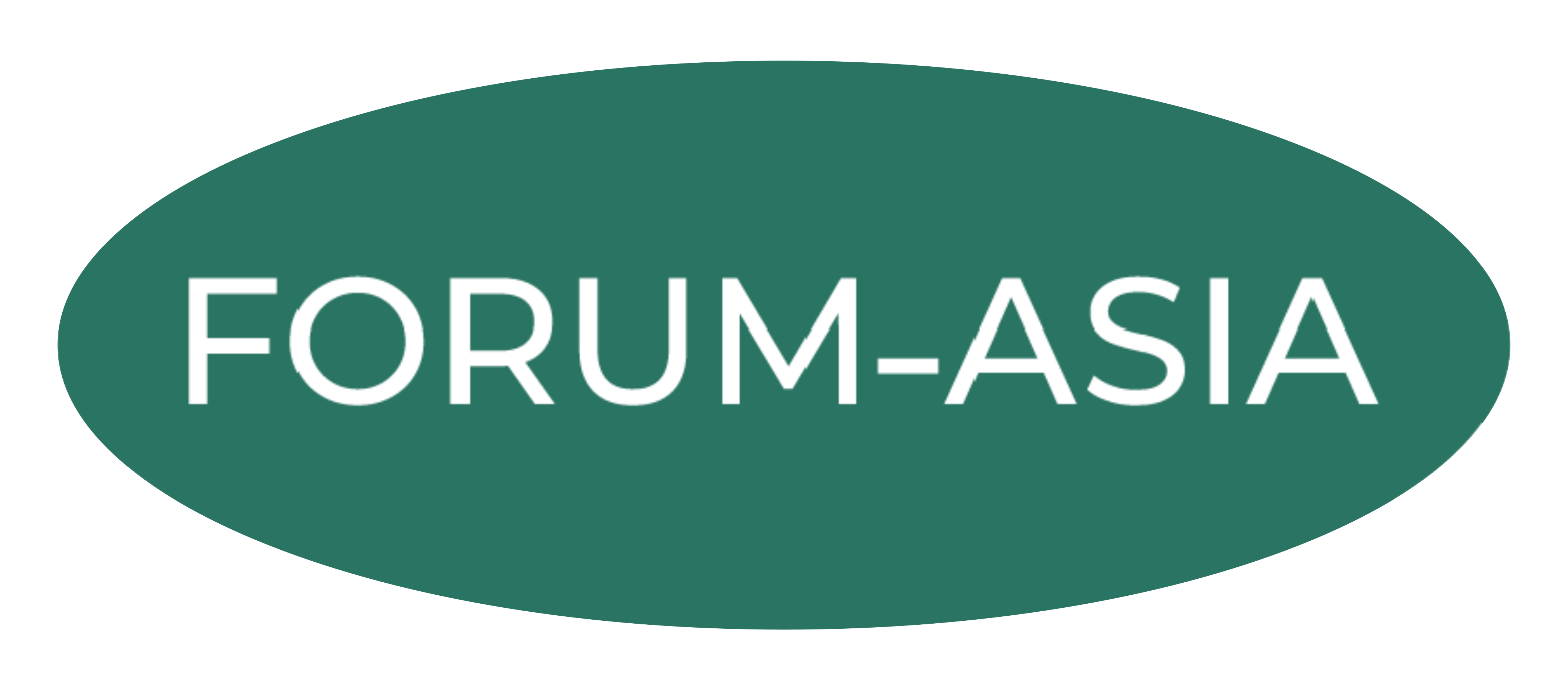 Globe International, a Mongolian NGO has sought to evaluate mass media performance during the 2008 Parliamentarian (Ulsyn Ikh Khural – UIKh) elections, to monitor objective and balanced coverage of candidates and platforms, so Mongolia's voters could make well-informed choices at the ballot box.
Globe International, a Mongolian NGO has sought to evaluate mass media performance during the 2008 Parliamentarian (Ulsyn Ikh Khural – UIKh) elections, to monitor objective and balanced coverage of candidates and platforms, so Mongolia's voters could make well-informed choices at the ballot box.
The project findings were arrived at through a well-defined and rigorous methodology; there was no intention to support any candidate or political party, but to evaluate integrity of the media environment as a whole during the campaign.
The monitoring was separated into four periods: June 2-7; June 8-14; June 15-21; and June 22-27, thus covering the entire official campaign period under the UIKh Electoral Law.
The monitoring covered 12 media outlets: six national television channels; one national radio station; three daily newspapers; and two daily tabloids.
The monitoring covered three aspects: quantitative analysis; qualitative analysis; and 10% legal restrictions of media campaign broadcast time.
Twelve political parties and one coalition (the Civic Coalition, comprising the Mongolian Green Party; the Mongolian Social Democratic Party; and the Civil Movement Party) contested the 76 seats in the UIKh.
In total, there were 354 candidates, 45 of whom were independent.
Globe International monitored 155,889 minutes of program on the six national television channels; 26,235 minutes of national radio coverage; 69 issues of three daily newspapers; and 10 issues of two weeklies.
The broadcast and print media allocated a small portion of airtime and space to voter education material and information from the General Election Committee. MNPTV allocated 8.4% and MNPR 10.5% to election material. Of the private TV channels, UBS allocated the largest proportion (13.9%) of airtime, TV9 the least (6.8%) to election material.
There was least proportion of election material in the newspapers: the most (2%) was in Zuuny Medee, the least in Odriin Sonin (1.4%).Two biggest political parties – Mongolian People's Revolutionary Party (MPRP) and Democratic Party (DP) – received the most airtime and space in monitored broadcast and print material: 37% of all monitored airtime was devoted to the MPRP, 28% to the DP.
The remainder of airtime and space was shared by the other parties and independents. DP and MPRP coverage dominated in the newspapers: 41% for the DP and 38% for the MPRP. The monitoring was funded by the Open Society Forum within the NGO Network for Fair Elections.


